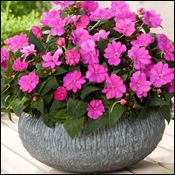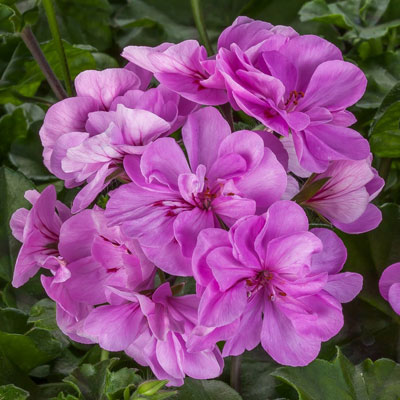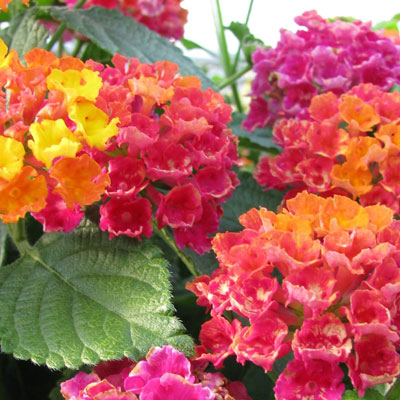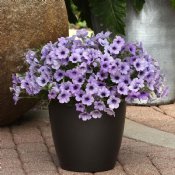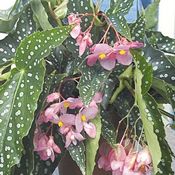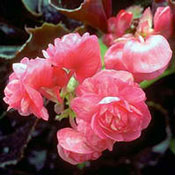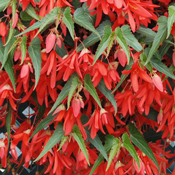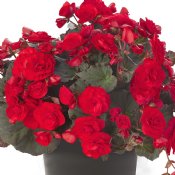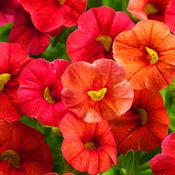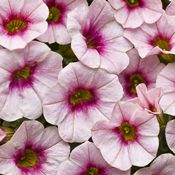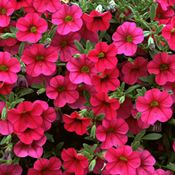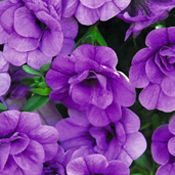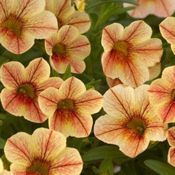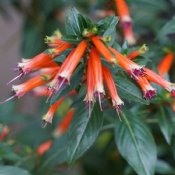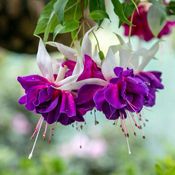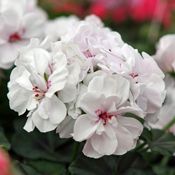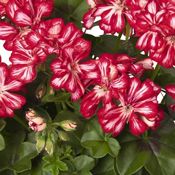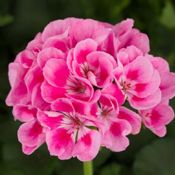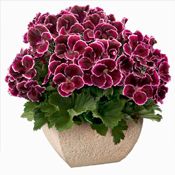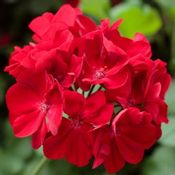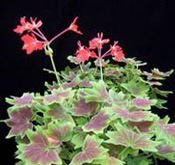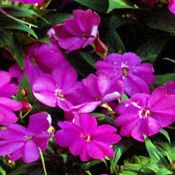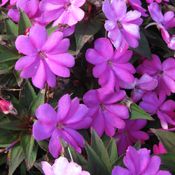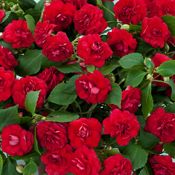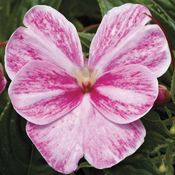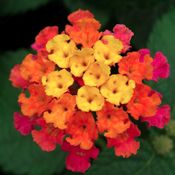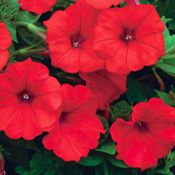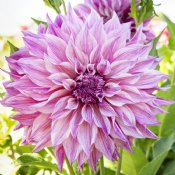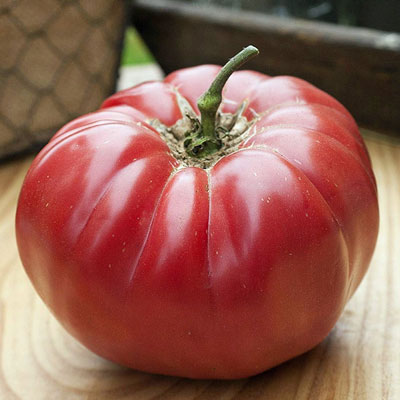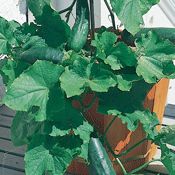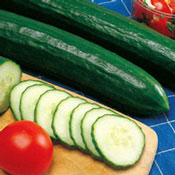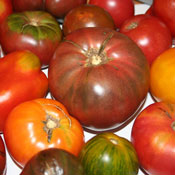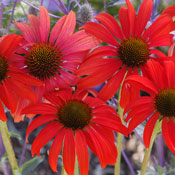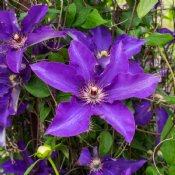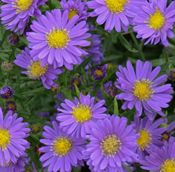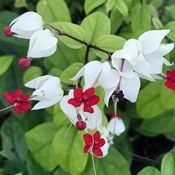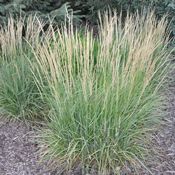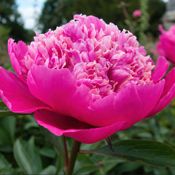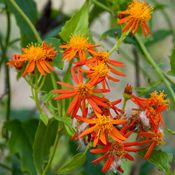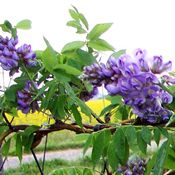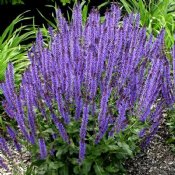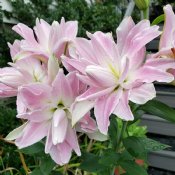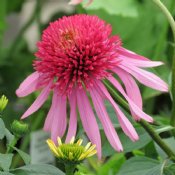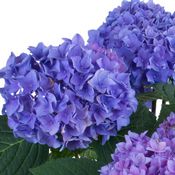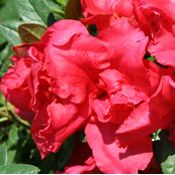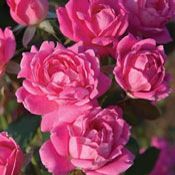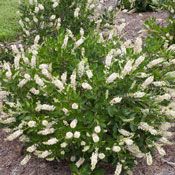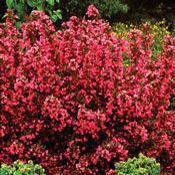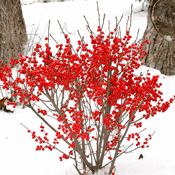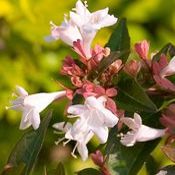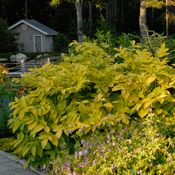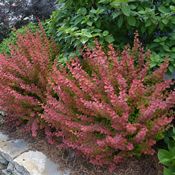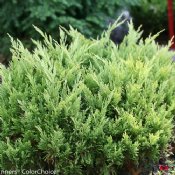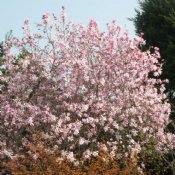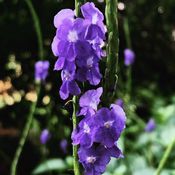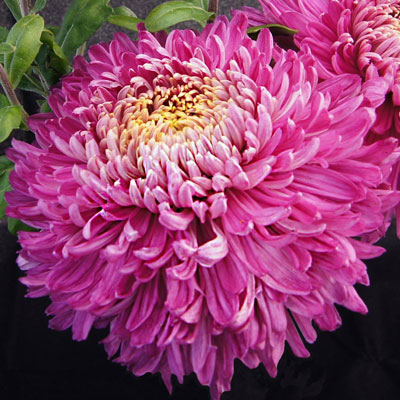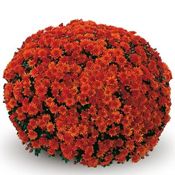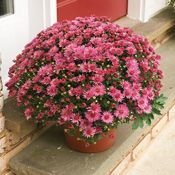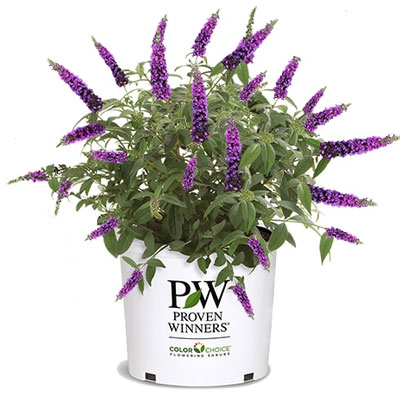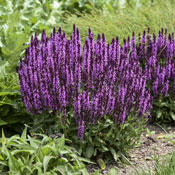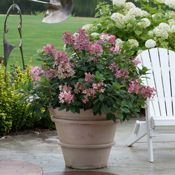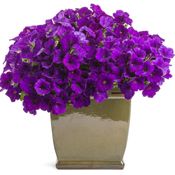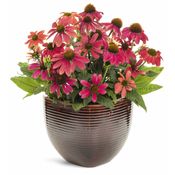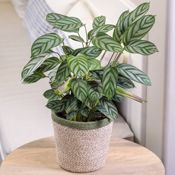Welcome to the world of lantana, one of the top picks for gardeners seeking a hassle-free, yet visually striking garden addition. This robust flowering shrub is cherished for its relatively low-maintenance and its knack for transforming any space into a show-stopping display with its vibrant, enduring blossoms that charm people and lure pollinators to your garden.

Why Grow Lantana?
Lantana plants are heat-lovers, thriving year-round in frost-free regions or flourishing as summer annuals in cooler climates. These plants are renowned for their petite, clustered flowers, which flaunt an array of captivating hues such as pink, orange, purple, red, yellow, lavender, peach, white, and countless shades in between. These colors may manifest in single, bicolor, or multicolor patterns, often weaving a captivating, patchwork-like tapestry. The plethora of vivacious blossoms stand out against a backdrop of deep green, slightly textured and serrated leaves.
Lantana in Landscape Design

Lantana is the epitome of versatility, enabling you to imagine a wealth of creative possibilities. Lantana is equally attractive planted as a border accent, in patio or hanging containers, or as a ground cover. Its vivid blooms are a magnet for butterflies and hummingbirds, making it a fantastic choice for wildlife-friendly gardens. Here are specific garden settings where lantana can thrive:
- Butterfly and Pollinator Gardens: Lantana's nectar-rich flowers beckon butterflies, bees, and hummingbirds, infusing vitality into pollinator gardens.
- Xeriscaping or Drought-Resistant Gardens: Thanks to their drought tolerance, lantanas are ideal for xeriscaping, a water-efficient landscaping style. They flourish in arid, sun-soaked conditions with minimal watering once established.
- Tropical and Subtropical Gardens: Native to tropical regions, lantana seamlessly integrates into tropical and subtropical garden designs, complementing other lush foliage and colorful blooms.
- Container Gardens: Lantana thrives in pots and containers, making it a superb choice for balconies, patios, and small spaces, where its cascading growth can create a stunning effect in hanging baskets.
- Coastal Gardens: Lantana's salt-tolerance makes it a practical option for gardens near the ocean, enduring coastal conditions and enhancing beachfront properties with ease.
- Rock Gardens: Its spreading nature and resilience in challenging environments make lantana an excellent addition, its brilliant bursts of color a stunning enhancement to rock gardens.
- Cottage Gardens: Lantana's informal and vibrant character perfectly aligns with the relaxed, eclectic charm of cottage gardens, where it can effortlessly mingle with perennials and annuals.
- Border Plantings and Edges: Along paths or garden borders, lantana serves as an attractive edging plant, creating a colorful boundary.
- Wildlife Gardens: Beyond attracting pollinators, lantana berries can lure birds, making it an eco-friendly choice for a wildlife-friendly garden.
- Low-Maintenance and Novice Gardens: For both novice and experienced gardeners seeking low-maintenance options, lantana shines as an easy-to-grow, forgiving choice that delivers high-impact effects.
Planting Lantana
Ideal Spot: Select a sunny location with well-drained soil, receiving a minimum of 6 hours of direct sunlight daily.
Timing: Plant lantana in the spring once the risk of frost has passed.
Planting: Lantana thrives in both garden beds and containers. When planting in the ground, dig a hole twice the size of the root ball and position the plant so that the top of the root ball is level with the soil surface. Backfill and gently compact the soil, watering well and then adding more soil around the plant, if necessary. For container plants, use a high-quality potting mix.
Caring for Lantana

Watering: While lantana is drought-tolerant, it benefits from regular watering while its roots become well-established, and then during extended dry spells. Avoid overwatering to prevent soggy soil.
Fertilization: When planting in early spring, apply a balanced, slow-release fertilizer. Alternatively, you can opt for a monthly application of water-soluble plant food. Exercise caution to avoid over-fertilization, as it may hinder flowering, while resulting in leggy foliage. If planting in a container, with a potting mix that includes fertilizer, additional feeding should not be necessary.
Pruning: If grown as an annual, pruning is generally unnecessary. However, in climates supporting year-round growth, regular pruning promotes bushier growth and more prolific blossoms.
Whether you're a seasoned gardener or just embarking on your gardening journey, lantana stands out as an exceptional choice for infusing color and vibrancy into your garden. Its ease of care, prolonged blooming season, and adaptability to diverse garden styles make it a sensible addition for any number of landscaping options.

